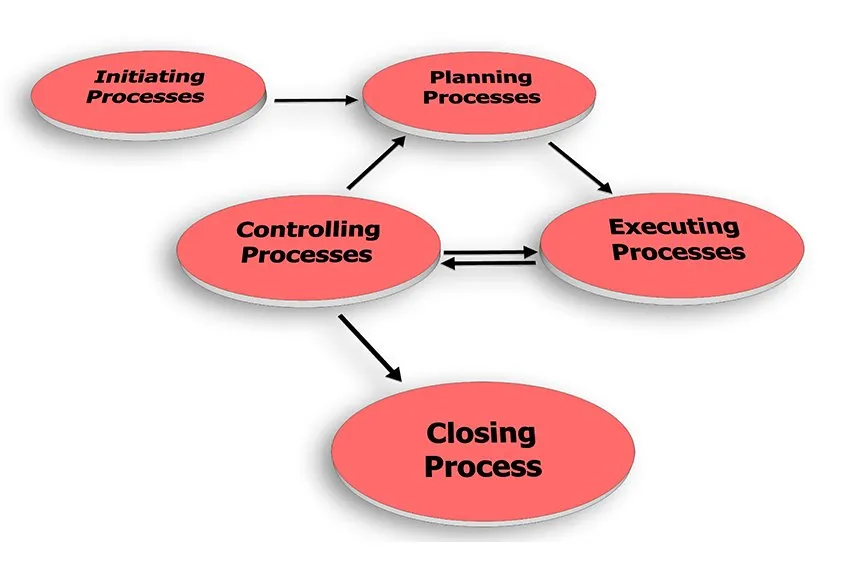How to Write a Business Pitch: 10 Best Ways

A business pitch is a version of your business plan that’s meant for potential investors. Depending on the format, it may be written, a multimedia presentation, or a personal pitch delivered face to face.
On the one hand, writing a business pitch is a lot like writing a proposal for clients. You’re trying to convince someone to put their hard-earned money into your company.
On the other hand, pitching to investors is different. With a client, you’re pitching your work or your product. With an investor, you’re pitching not just the product but your entire business model. Put another way, most clients don’t care whether or not your company is profitable; investors do.
Here’s how to craft a successful business pitch that will have investors lining up to put money into your company.
Here’s What We’ll Cover:
10 Steps to Creating Your Pitch
10 Steps to Creating Your Pitch
1. Start With the Elevator Pitch
An elevator pitch is the shortest, most basic type of pitch. It gets its name because it should be succinct enough to get across during an elevator ride. Imagine you hop in an elevator, and you find yourself standing next to Jeff Bezos. In one minute or less, how do you convince him to invest in your company?
The elevator pitch is important because it’s the distillation of your business plan. If you can sum up your vision in such a short period, you’re not going to lose someone’s interest. And if your elevator pitch is well-crafted, you can use it as the opening for a longer pitch.

2. Focus On the Business Opportunity
Entrepreneurs and investors think in terms of providing a solution to an existing need. Before they know anything else about your business, they want to know two things. First, what need have you identified that isn’t being met? Second, how are you going to take advantage of that business opportunity?
3. Research the Competition
If you have a serious business plan, you’ve most likely already done extensive competition research. Don’t wait for potential investors to ask you about this research. Include it in your pitch, and use it to your advantage. Show investors that you’ve built a better mousetrap by comparing it to the current model.
4. Know Your Target Audience
Another thing investors want to know is who your target audience is. This is another basic question any entrepreneur should be able to answer before you go to market. After all, this is your dream! If you don’t know who your potential customers are, there might not be any.
5. Know Your Marketing Strategy
It’s important to have marketing plans before you launch your brand. Once again, this is something investors are going to want to hear about. How do you plan to get the word out about your product or service? If the marketing plan involves expenses like TV advertising, you’d better be able to show investors that the juice is worth the squeeze.
6. Demonstrate Financial Savvy
Investors are trusting you with their money. Just as pricing is important for clients, investors want to know that their money is being wisely allocated. They’re going to want to see your profit and loss statement, and they’ll expect you to know it inside and out. Show them you know where every penny is going, and they’ll give you more dollars.
7. Sweat the Small Stuff
Go over your pitch to make sure all the details are right. This is especially true for written pitches. When you’re working on a third draft at 2 in the morning, it’s easy to mix up words like estimate, quote, bid, and proposal. Make sure you’ve dotted your I’s and crossed your T’s before handing over anything in writing.

8. Set Realistic Expectations
Would-be investors are used to entrepreneurs selling them on wild financial fantasies. Take a long, hard look at your business, and where you realistically expect to be in five to ten years. Base your projections on your past experience and your knowledge of the field. Investors will appreciate your candor.
9. Make It a Team Effort
Unless your business is a one-person operation, you have either a partnership or a leadership team. If you’re pitching in person, bring them along, and have them participate in the presentation. This will demonstrate to investors that the entire team is committed to the company’s ongoing success.
10. Consider Making a Multi-Level Pitch
A multi-level pitch involves creating two versions of the pitch: one longer and one shorter. The shorter version provides a birds-eye view of the business and a compelling case for its offerings. The longer version goes into more depth, and shows investors the nitty-gritty details of the business.
Key Takeaways
Crafting a compelling pitch won’t guarantee you a flock of investors. But combined with a good business plan and market opportunity, it’s an essential element of success. So roll up your sleeves and get started on that first draft. Everything else will follow.
Find more guides for your small business on our resource hub.
RELATED ARTICLES

 Top 6 Best Free Task Management Software For Small Businesses
Top 6 Best Free Task Management Software For Small Businesses The 5 Project Management Phases Explained
The 5 Project Management Phases Explained Leader-Member Exchange Theory: An Extensive Guide
Leader-Member Exchange Theory: An Extensive Guide Top 5 Memorization Techniques For Professionals
Top 5 Memorization Techniques For Professionals 15 Time Management Techniques
15 Time Management Techniques How to Make a Gantt Chart in Excel: A Step By Step Guide
How to Make a Gantt Chart in Excel: A Step By Step Guide